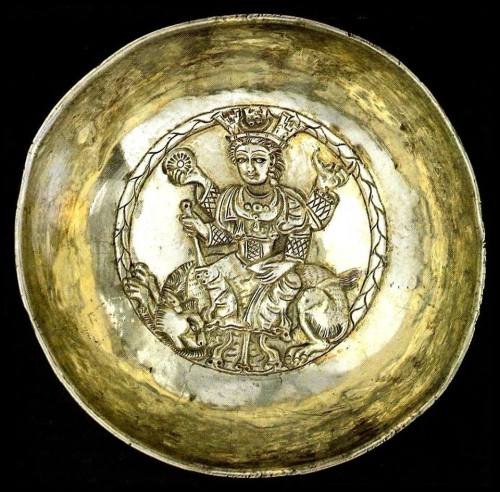
Above image source: cais-soas.com
Goddess of water. Also known as Ahurani (She who belongs to Ahura) or Anahita (Nahid in modern Persian). Anahita (meaning unstained, clean and innocent).
Source: Wayback Machine at fouman.com
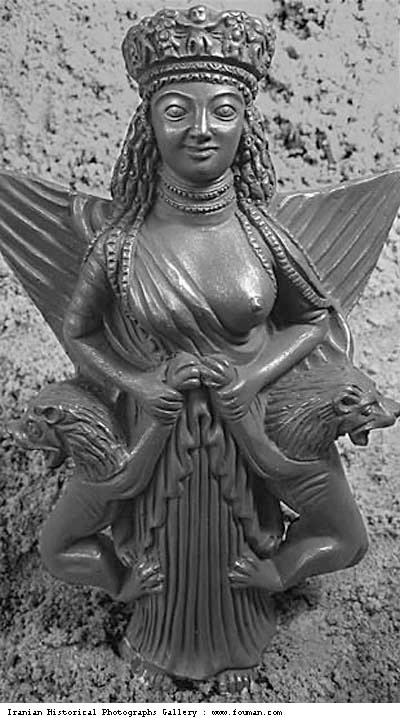
In Zoroastrian texts from the post-conquest epoch (651 CE onwards), the divinity is referred to as "Anahid the Lady," "Ardwisur the Lady," and "Ardwisur the Lady of the waters."
So her name represented and was used to refer to the world river, perhaps similar to Nut.
According to Herman Lommel, the proper name of the divinity in Indo-Iranian times was Sarasvatī, which also means "she who possesses waters." In Sanskrit, the name आर्द्रावी शूरा अनाहिता (Ārdrāvī Śūrā Anāhitā) means "of the waters, mighty, and immaculate."
Sūra and anāhīta mean mighty and pure. One of the symbols of goddess is the Lotus flower.
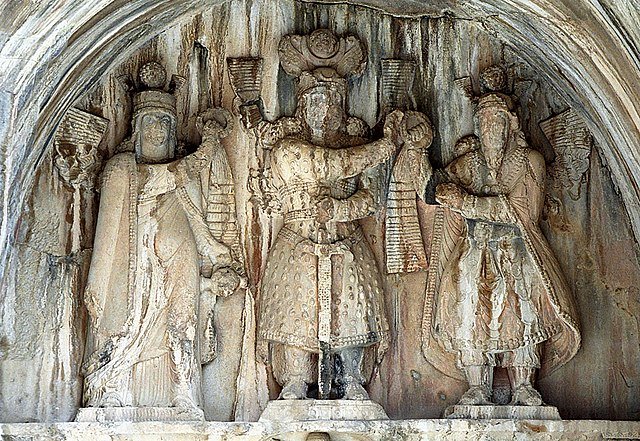
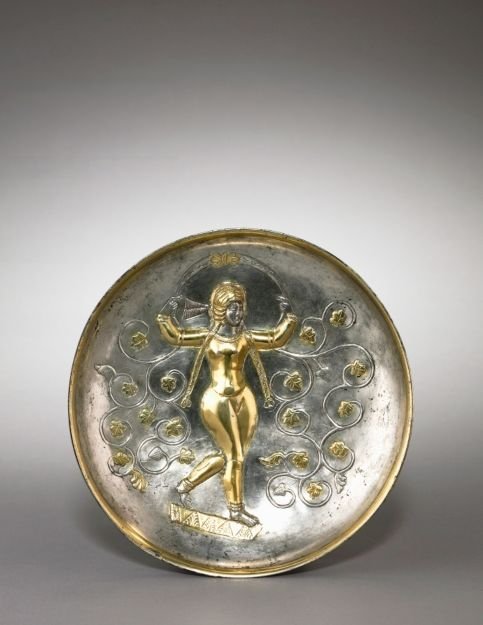
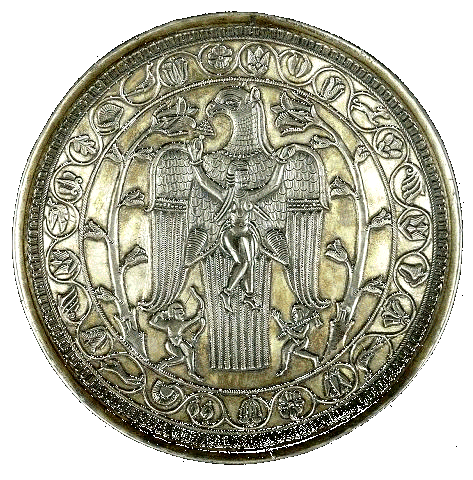
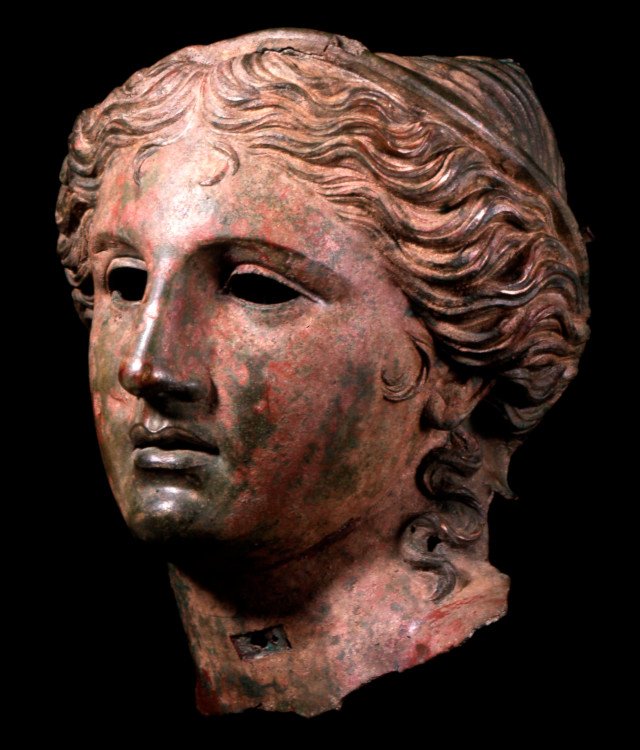
Two major temples are known, the temples of Anahita at Kangavar and Istakhr, Iran.
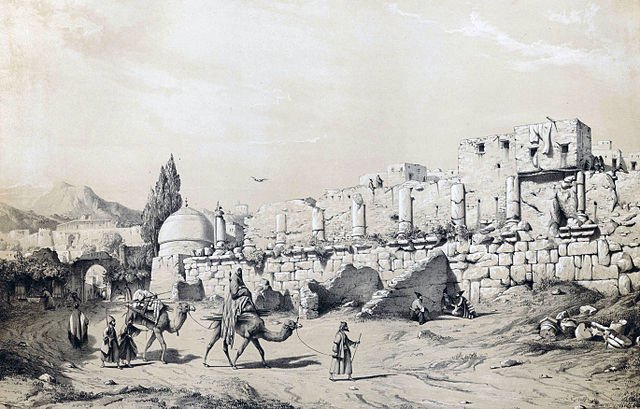
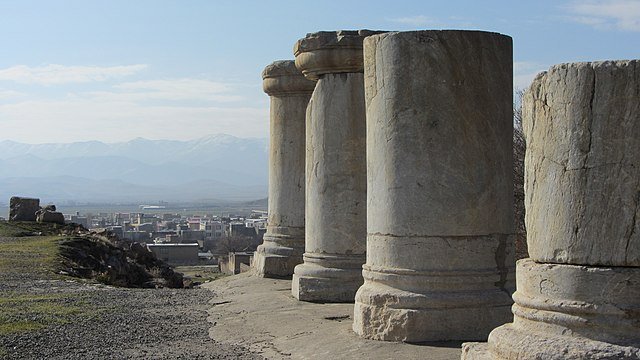

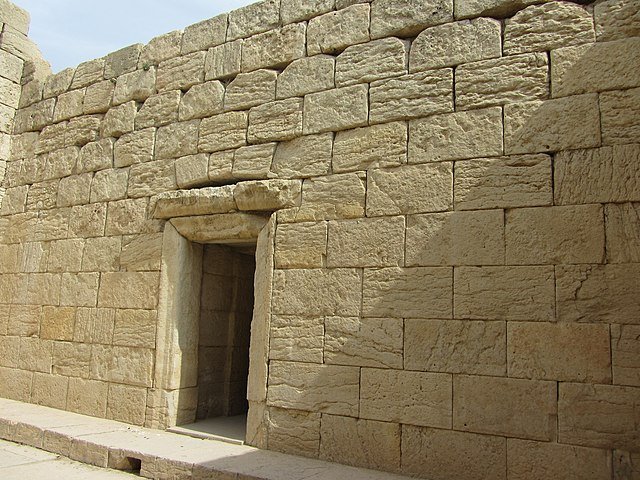
Evidence of geopolymer masonry? Geopolymer techniques that utilize both water and fire.
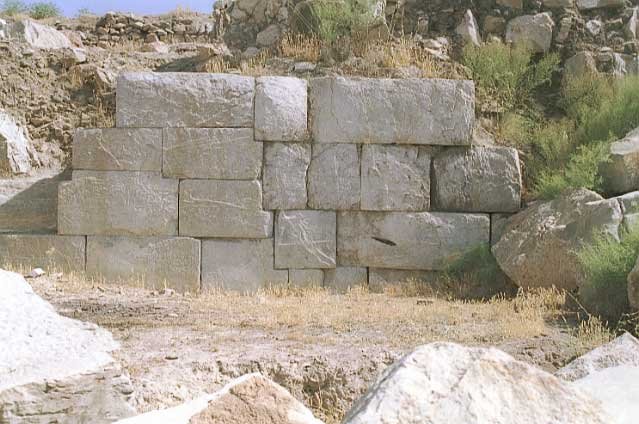
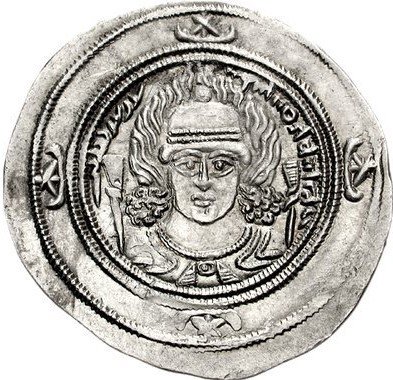
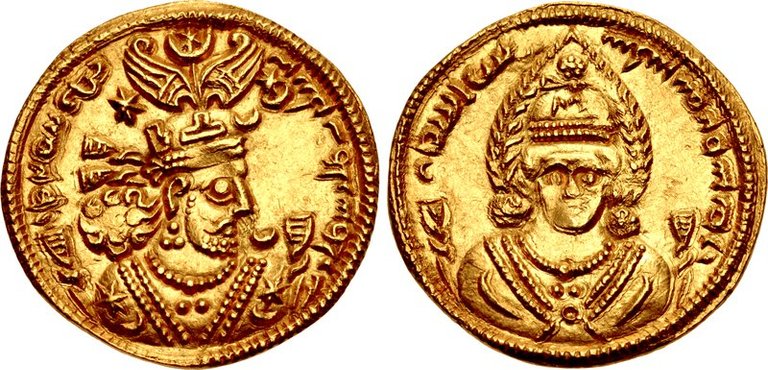
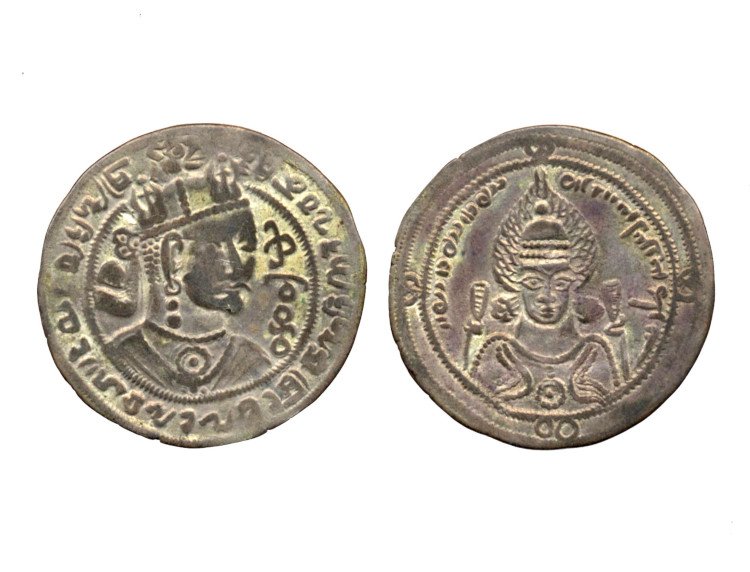
Notice the familiar "top of the Ankh" shape of the flame behind her head from prior posts.
Modern representations:

The above was reproduced by Farshchian and be see here: Farshchian Gallery.


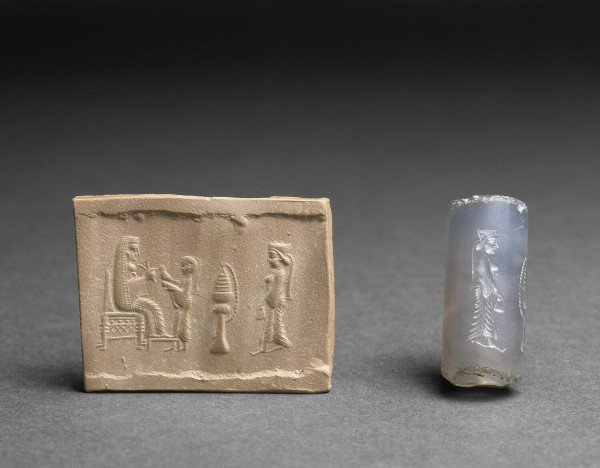
Some really great music inspired by Anahita can be heard in Ariana Vafadari's release entitled Anahita.